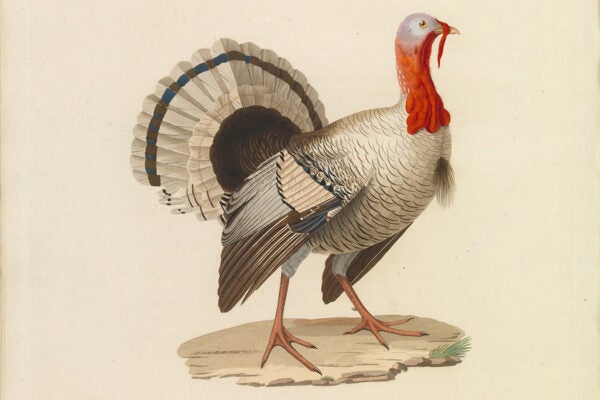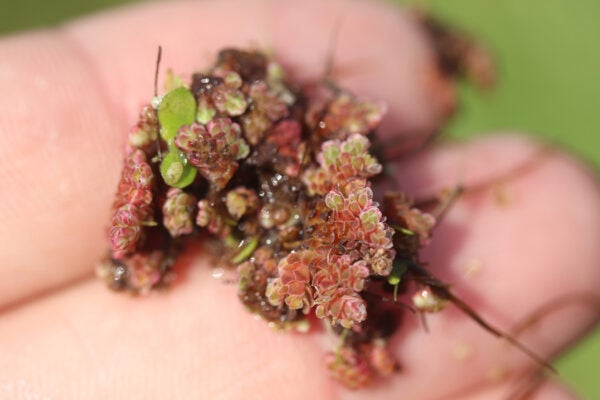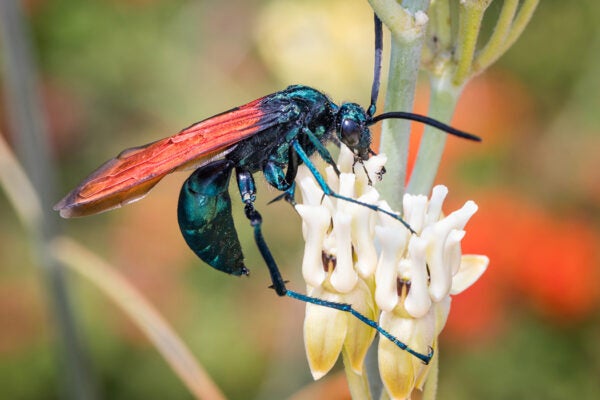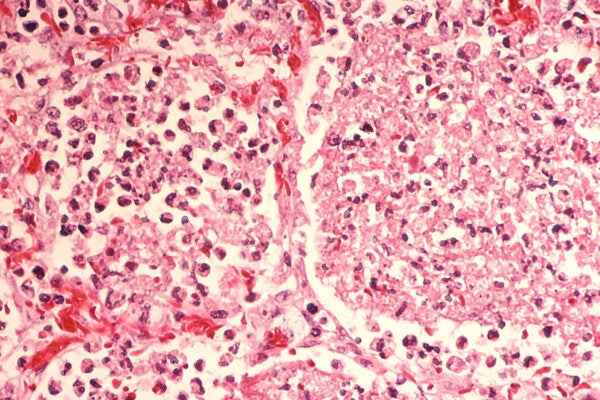Moho-A-Go-Go: Journey to the Far Edge of the Center of the Earth
The “Moho,” short for the Mohorovičić discontinuity, is a long way down.
The Great American Turkey
The turkey was semi-domesticated and kept in pens in the American Southwest some 2,000 years ago—but not for the reason you think.
The Anatomists of Ancient Alexandria
Cultural forces under the Ptolemaic dynasty briefly allowed scholars like Herophilus to practice dissection—and possibly vivisection—on human subjects.
Azolla filiculoides: Balancing Environmental Promise and Peril
One of the world’s tiniest fern species, Azolla filiculoides may be one of our greatest tools for lowering agricultural pollution and greenhouse gas emissions.
Sting! (Don’t Stand So Close to the Tarantula Hawk)
Tarantula hawk wasps offer some of the most painful stings known to humans, giving them almost absolute protection from vertebrate predators.
Legionnaires’ Disease, an Illness of Affluence
Legionnaires’ is the first communicable disease of modern wealth, thriving in the interstitial spaces of our built environment.
The Arecibo Message Fifty Years Later
In November 1974, astronomers used the radio telescope at Puerto Rico's Arecibo Observatory to send a hello to the universe.
The Whip-Poor-Will Has Been an Omen of Death for Centuries
What happened to this iconic bird of American horror?
High-Flying Geology
The development and refinement of aerial photography in the World Wars transformed the discipline of geology.
Sustainable Building Effort Reaches New Heights with Wooden Skyscrapers
Wood engineered for strength and safety offers architects an alternative to carbon-intensive steel and concrete.









